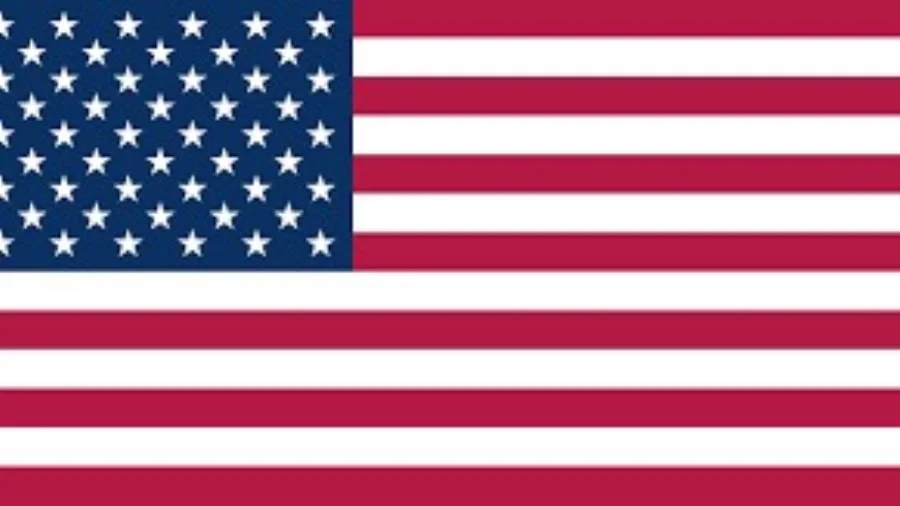U.S. Economy Faces Twin Challenges: Sluggish Expansion and Price Fluctuations Hinder Fed’s Decision-Making

Monetary policy in the United States is facing increasingly complex challenges as the economy enters a phase of mounting pressure. Signs of economic slowdown are becoming more evident, while inflation remains above the Federal Reserve’s target—placing policymakers in a difficult position. Meanwhile, growing political pressure from the White House is pushing for more aggressive monetary easing.
A Fragile Balance Between Growth and Inflation
Despite clear signs of deceleration, inflation has yet to retreat to the 2% target. This makes any move toward cutting interest rates a politically and economically sensitive step. The economy is teetering on the edge of a slowdown, while prices remain persistently high—complicating the Fed’s ability to choose the right timing for a policy shift.
Internally, the Federal Reserve is split between those advocating caution and a wait-and-see approach, and others calling for preemptive action to stave off the risks of recession or prolonged stagnation.
Trade Policies Add to the Uncertainty
Current economic and trade policies are further clouding the monetary outlook. Tariffs on imported goods have pushed up costs, creating additional inflationary pressure. At the same time, these policies have also dampened demand and weakened growth prospects, resulting in a contradictory environment.
This paradox is forcing the Fed to reassess its tools with greater caution, especially as calls grow louder for proactive measures to avoid an economic downturn.
Economic Data Drives the Narrative
Recent data on personal consumption expenditures (PCE) and inflation show signs of easing price pressures. This could provide the Fed with space to gradually loosen monetary policy in the second half of the year. Expectations of a decline in inflation over the coming months are increasing the likelihood of two rate cuts by the end of 2025, although any easing would likely be moderate—capped at 50 basis points in total.
Meanwhile, unemployment remains relatively low, giving the Fed some breathing room. Still, the uncertainty surrounding both labor market dynamics and inflation trends makes any policy move riskier than usual.
Anticipation Builds for July
With the next Fed meeting approaching in July, market participants are increasingly pricing in the possibility of the first rate cut this year. However, this expectation hinges on upcoming economic data showing sustained disinflation or clear signs of labor market weakness.
Eyes are now focused on the inflation and employment reports scheduled for the coming weeks. These indicators will heavily influence the Fed’s position, while the upcoming testimony of the Fed Chair before Congress is expected to provide critical signals on the policy path ahead.
Interwoven Risks and Open Scenarios
Estimates from financial institutions suggest that the Federal Reserve may adopt a gradual easing strategy, likely limiting rate cuts to two in 2025. A more aggressive policy shift is unlikely unless the economy shows unmistakable signs of a sharper downturn.
Concerns about stagflation—low growth combined with high inflation—remain relevant, especially as economic indicators continue to send mixed signals. In the background, geopolitical developments such as the de-escalation of tensions in the Middle East may contribute to stabilizing energy prices, potentially easing inflationary pressure and offering the Fed more flexibility.
The U.S. economy is navigating a transitional phase that demands a delicate balancing act from the Federal Reserve—containing inflation without stifling growth. With rising voices calling for policy action and visible internal divisions among policymakers, markets are closely watching every development. The Fed Chair’s testimony before Congress this week is expected to shed light on the outlook for interest rates and offer greater clarity amid the uncertainty.
